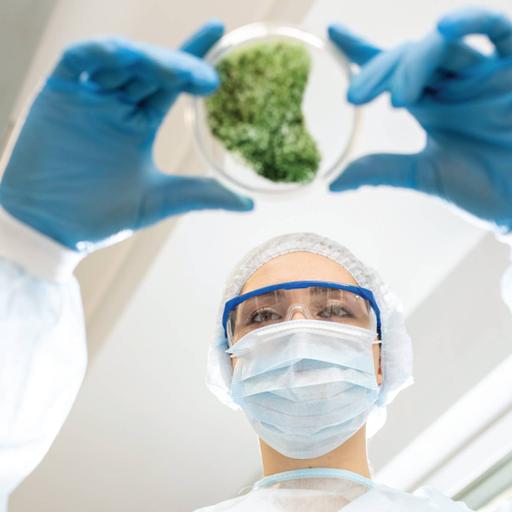Environmental Microbiology
Presentations | English
Microorganisms are the oldest form of life on Earth and can be found everywhere, from the depths of the ocean to forest floors, and even outer space and beyond. Environmental microbiology is the study of how microbes interact with the environment and each other, including their effects on the landscape, the spread of viruses and bacteria, the distribution of algae, fungi and parasitical organisms and the associated implications for human health and the environment. Environmental microbiology also researches how microbes can be used to solve global problems. For example, an environmental microbiologist may study the use of microbes to clean up oil spills or other contaminated areas or use organisms that thrive in certain elements to create medicines, topical sunscreens and water purification solutions. Microbial communities are responsible for energy and nutrient cycling and are massively involved in the planet’s sustainability. Microbes are directly involved in the dynamics of climate change by their impact on the destabilization, mineralization and sequestration of organic matter. The facets of microbial diversity consist of morphological, structural, metabolic, ecological or evolutionary diversity; however, the central question in microbial ecology— “Who eats what, where and when?”—queries how the key player in the community is to perform the most meaningful activity. To answer this, one major task is to identify the relationships between the composition of the microbial community and the functional processes.

13.00
Lumens
PPTX (52 Slides)
Environmental Microbiology
Presentations | English
